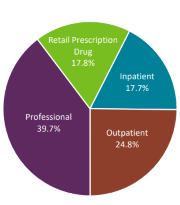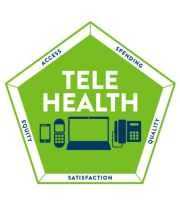Health Economics Program
Annual Work
- Chartbooks
- Health Access Survey
- Minnesota All Payer Claims Database (MN APCD)
- Health Care Quality Measures
- Rx Price Transparency
Special Projects
- Implementation Updates
- Hospital Bed Moratorium
- Market Oversight
- Medical and Dental Standard Charges
- Study of Telehealth Expansion
- Statewide Health Care Needs and Capacity
- Universal Health Care Finance System
Email Subscription
Last Updated: 03/11/2025


